Surgical technology is a vital healthcare field focusing on assisting surgeons and medical teams during procedures. This section introduces the fundamentals of surgical technology and its role in modern healthcare.
1.1 Definition of Surgical Technology
Surgical technology is a specialized healthcare field focused on assisting surgeons and other medical professionals during surgical procedures. It involves the application of scientific knowledge and technical skills to ensure safe and efficient surgical care. Surgical technologists, also known as operating room technicians, are trained to prepare operating rooms, maintain a sterile environment, and handle surgical instruments. Their role is critical in supporting the surgical team, from preoperative preparation to postoperative care. This profession requires a deep understanding of human anatomy, surgical procedures, and infection control practices, making it essential for modern healthcare delivery;
1.2 Importance in Healthcare
Surgical technology plays a crucial role in healthcare by ensuring the safe and effective conduct of surgical procedures. Surgical technologists are essential for maintaining a sterile environment, preparing operating rooms, and managing surgical instruments. Their expertise directly impacts patient safety and surgical outcomes. By facilitating efficient workflows, they enable medical teams to focus on complex procedures. The profession’s emphasis on infection control and precision contributes to reducing complications and improving recovery rates. As healthcare evolves, the demand for skilled surgical technologists continues to grow, making them indispensable in modern surgical care.
Role and Responsibilities
Surgical technologists assist surgeons and medical teams during procedures, preparing operating rooms, managing instruments, and maintaining a sterile environment. Their role is critical for efficient surgical operations.
2.1 Overview of Surgical Technologist Role
A surgical technologist plays a crucial role in healthcare, assisting surgeons and medical teams during procedures. They prepare operating rooms, manage instruments, and maintain a sterile environment to ensure patient safety and efficient surgical operations. Surgical technologists work under medical supervision, collaborating with surgeons, nurses, and other healthcare professionals. Their responsibilities include setting up surgical equipment, handling instruments during procedures, and ensuring a safe and organized operating room. They are integral to the surgical team, working in hospitals, clinics, and surgical centers. Their role requires precision, attention to detail, and the ability to stay focused during high-pressure situations, making them essential for successful patient outcomes.
- Assisting surgeons and medical teams during procedures.
- Preparing operating rooms and managing surgical instruments;
- Maintaining a sterile environment to ensure patient safety.
- Collaborating with healthcare professionals to ensure efficient operations.
2.2 Key Duties in the Operating Room
Surgical technologists play a vital role in the operating room, ensuring the smooth conduct of surgical procedures. Their primary duties include preparing the operating room, arranging surgical instruments, and maintaining a sterile environment. They assist surgeons and nurses by passing instruments, handling supplies, and monitoring equipment. Additionally, they are responsible for patient preparation, positioning, and ensuring safety protocols are followed. Post-surgery, they may assist with cleaning the operating room and restocking supplies. Their attention to detail and ability to anticipate the surgical team’s needs are critical for efficient and safe patient care.
- Preparing and arranging surgical instruments and equipment.
- Maintaining sterility and adhering to safety protocols.
- Assisting surgeons and nurses during procedures.
- Monitoring equipment and supplies.
- Ensuring patient safety and comfort.
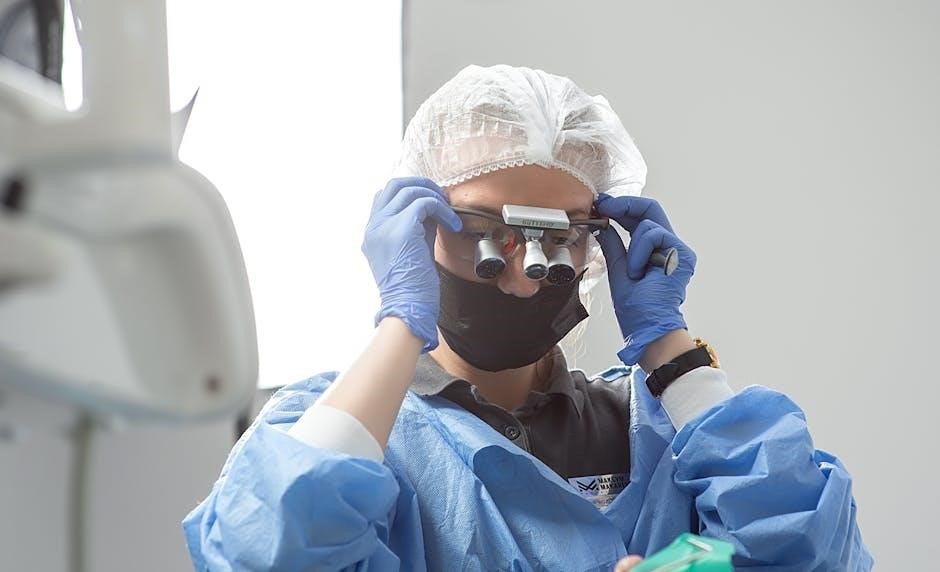
Education and Training
Surgical technologists typically complete accredited programs, earning associate degrees or certificates. These programs combine classroom instruction with clinical training, focusing on surgical procedures, patient care, and equipment handling.
3.1 Accredited Surgical Technology Programs
Accredited surgical technology programs are essential for aspiring technologists, offering structured education and clinical training. These programs, typically accredited by organizations like CAAHEP, ensure adherence to industry standards. They cover foundational topics such as surgical procedures, patient care, and equipment handling. The curriculum includes both classroom instruction and hands-on clinical experience, preparing students for real-world challenges. Many programs are associate degree or certificate-based, lasting one to two years. Graduation from an accredited program is often a prerequisite for certification exams, such as the National Certification Examination for Surgical Technologists. These programs equip students with the skills and knowledge needed to excel in surgical settings.
3.2 Essential Skills Acquired
Surgical technology programs equip students with critical skills necessary for success in the operating room. These include proficiency in handling surgical instruments, maintaining a sterile environment, and ensuring patient safety. Students learn to prepare operating rooms, position patients, and assist surgeons during procedures. They also gain expertise in equipment setup, sterilization techniques, and infection control. Effective communication and teamwork are emphasized, as surgical technologists collaborate with surgeons and nurses. Additionally, they develop critical thinking skills to anticipate surgical needs and adapt to unexpected situations. These skills are vital for providing high-quality patient care and supporting the surgical team effectively.
The Surgical Process
The surgical process involves preoperative preparation, patient positioning, and maintaining a sterile environment. It ensures patient safety and efficiency, following a structured approach to achieve successful outcomes.
4.1 Phases of Surgical Procedures
Surgical procedures are divided into distinct phases to ensure efficiency and patient safety. The preoperative phase involves patient preparation, including positioning, skin cleansing, and anesthesia administration. The intraoperative phase begins with the surgical incision, followed by the procedure itself, where surgical technologists assist by handling instruments and maintaining a sterile field. The final phase includes closing the incision, applying dressings, and transferring the patient to recovery. Each phase requires precise coordination and attention to detail to ensure successful outcomes. Understanding these phases is crucial for surgical technologists to perform their roles effectively and support the surgical team seamlessly.
Equipment and Supplies
Surgical technology relies on specialized equipment and supplies to ensure patient safety and effective surgical procedures. These tools are essential for maintaining sterility and facilitating operations efficiently.
5.1 Types of Surgical Instruments
Surgical instruments are categorized based on their functions, including retractors, forceps, scalpels, and electrosurgical tools. Retractors help expose surgical sites, while forceps and clamps handle tissues. Scalpels are used for incisions, and electrosurgical tools assist in cutting and cauterizing. These instruments are typically made from durable materials like stainless steel or titanium, ensuring sterility and longevity. Proper sterilization and maintenance of these tools are critical to prevent infections and ensure precise surgical outcomes. Understanding the types and uses of surgical instruments is fundamental for surgical technologists to effectively assist during procedures and maintain a safe surgical environment.
5.2 Maintenance and Sterilization
Proper maintenance and sterilization of surgical instruments are crucial to ensure patient safety and prevent infections. Instruments are cleaned using ultrasonic cleaners or manual scrubbing to remove debris. Sterilization methods include autoclaving, dry heat, and chemical sterilization, depending on material compatibility. Surgical technologists must adhere to strict protocols to maintain instrument functionality and sterility. Regular maintenance, such as sharpening and lubricating instruments, prevents deterioration. Following CDC and industry standards ensures effective sterilization processes. Properly maintained and sterilized instruments are essential for successful surgical outcomes, emphasizing the critical role of surgical technologists in upholding these standards to protect patients and surgical teams.
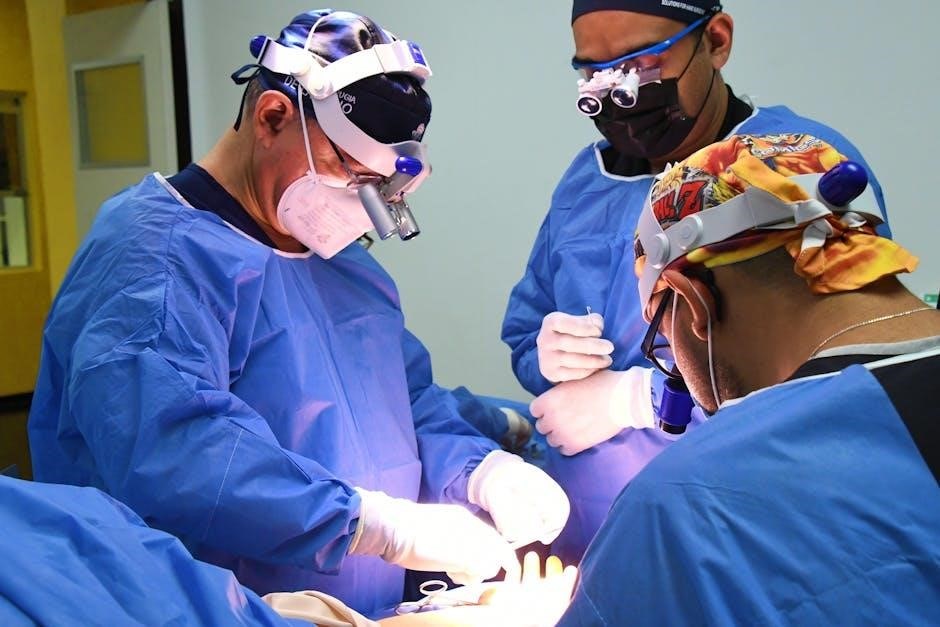
Sterile Technique
Sterile technique involves gowning, gloving, and setting up sterile fields to prevent contamination. Surgical technologists maintain sterility by handling instruments and supplies correctly, ensuring patient safety.
6.1 Basics of Sterility in Surgery
Sterility in surgery is crucial to prevent infection and ensure patient safety. It involves creating a sterile environment through proper gowning, gloving, and instrument handling. Surgical technologists maintain sterility by setting up sterile fields, using autoclaved equipment, and adhering to strict protocols. Proper hand hygiene, surgical attire, and correct use of sterile supplies are essential. Sterile technique prevents contamination and reduces the risk of surgical site infections. Understanding these principles is fundamental for surgical technologists to ensure safe and effective surgical procedures.
6.2 Specialized Surgical Fields
Surgical technologists work across various specialized surgical fields, including operating rooms, delivery rooms, and cardiac catheterization labs. Each setting requires tailored skills and knowledge to meet specific patient needs. In neurosurgery, precision and sterility are critical, while orthopedic surgeries demand expertise in handling implants. Surgical technologists may also specialize in pediatric, cardiovascular, or plastic surgery. Additionally, roles in surgery centers or as private scrubs for surgeons highlight the diversity of the field. These specialized areas ensure surgical technologists contribute effectively to diverse patient care environments, maintaining high standards of sterility and patient safety across all surgical disciplines.
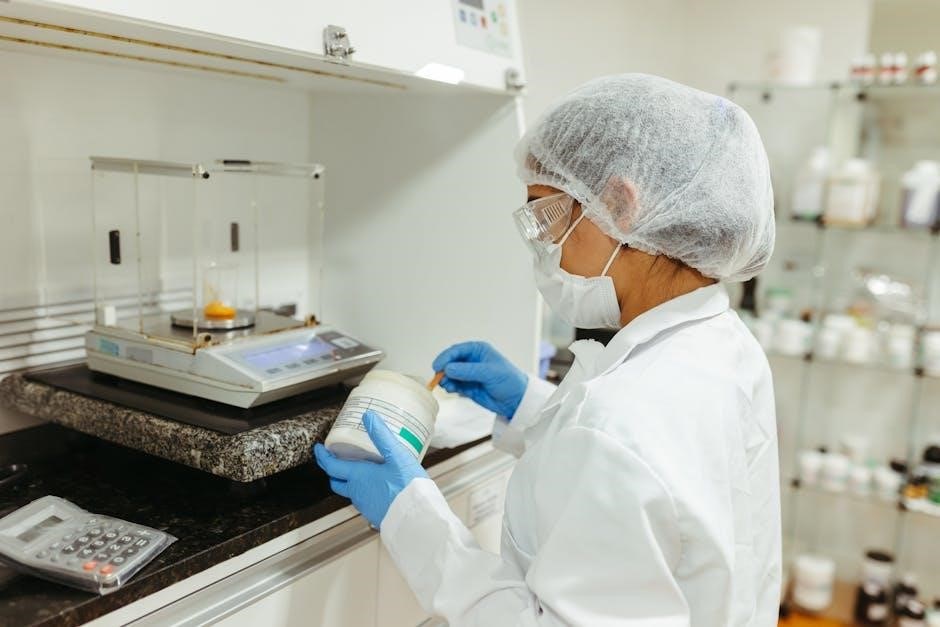
Certification
Certification for surgical technologists is overseen by the National Board of Surgical Technology and Surgical Assisting (NBSTSA). The Tech in Surgery-Certified (TS-C) credential is a key certification, enhancing job opportunities and career advancement.
7.1 Overview of Certifications Available
Several certifications are available for surgical technologists, with the most prominent being the Certified Surgical Technologist (CST) credential, offered by the National Board of Surgical Technology and Surgical Assisting (NBSTSA). Additionally, the Tech in Surgery-Certified (TS-C) certification is recognized for specialized expertise. The National Center for Competency Testing (NCCT) also provides the National Certified Surgical Technologist (NCPT) certification. These certifications validate a technologist’s knowledge, skills, and adherence to professional standards. Eligibility typically requires graduation from an accredited program and passing a certification exam. Certification enhances job prospects, demonstrates professional commitment, and ensures competence in surgical care.
7.2 Benefits of Professional Certification
Professional certification for surgical technologists offers numerous benefits, enhancing career opportunities and patient care quality. Certified technologists gain increased job prospects, higher earning potential, and recognition of expertise. Certification demonstrates mastery of surgical technology standards, instilling confidence in employers and patients. It also provides access to professional development resources and networking opportunities. Certified individuals are often prioritized for specialized roles and leadership positions. Additionally, certification ensures adherence to best practices, contributing to safer and more efficient surgical environments. Ultimately, it validates a technologist’s commitment to excellence and lifelong learning in the field, benefiting both their career and the healthcare industry as a whole.
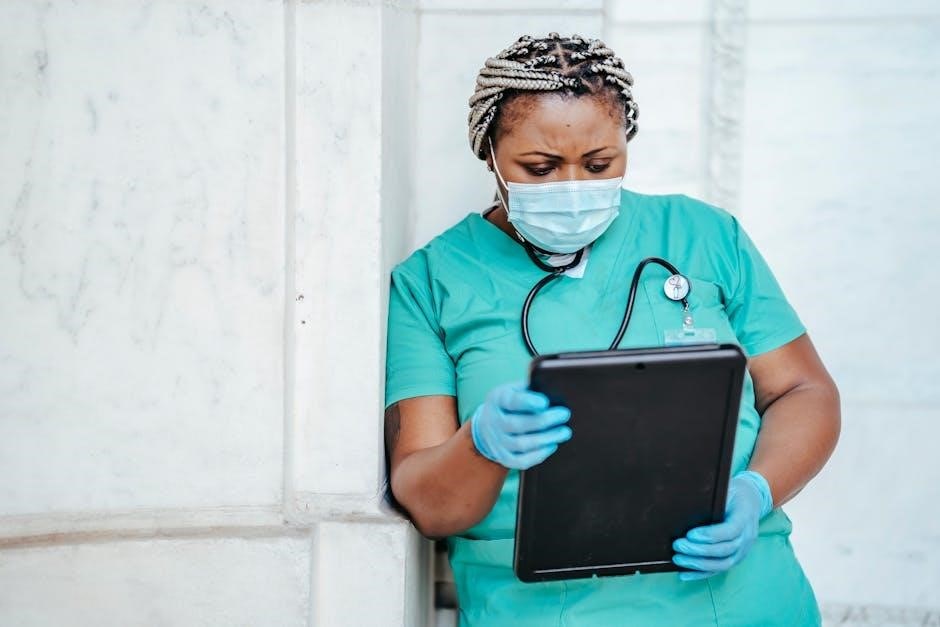
A Day in the Life
A surgical technologist’s day involves preparing operating rooms, assisting surgeons, maintaining equipment, and ensuring patient safety. Their role is crucial for efficient and safe surgical procedures.
8.1 Morning Preparation
Surgical technologists begin their day by reviewing the surgery schedule and patient charts to prepare for upcoming procedures. They ensure all equipment and instruments are sterilized and ready for use. This includes checking the functionality of surgical tools and restocking supplies. They also organize the operating room layout, ensuring a clean and efficient workspace. Additionally, they confirm the availability of necessary materials, such as gowns, gloves, and surgical drapes. Proper attire, including scrubs and personal protective equipment, is donned to maintain a sterile environment. Their morning preparation is critical to ensure smooth operations and patient safety during surgical procedures.
8.2 During Surgery
During surgery, surgical technologists play a crucial role by assisting surgeons and other medical staff. They maintain a sterile environment, pass instruments, and handle tissues or specimens as needed. Technologists ensure all equipment functions properly and is readily available. They may also use suction devices or suture materials to support the surgical team. Their focus is on anticipating the needs of the surgeon and efficiently providing the necessary tools. Additionally, they monitor the surgical site to prevent contamination and ensure patient safety. Their precise actions and attention to detail are essential for the smooth progression of the procedure and optimal patient outcomes;
8.3 Post-Surgery Responsibilities
After surgery, surgical technologists handle critical tasks to ensure a smooth transition for patient recovery. They clean and disinfect equipment, restock supplies, and prepare the operating room for the next procedure. Technologists also assist with transferring the patient to the recovery area and documenting the procedure. They may dispose of hazardous materials and sterilize instruments for future use. Additionally, they review the surgical site for any remaining items and ensure all equipment is functioning properly. These post-surgery responsibilities are vital for maintaining efficiency, patient safety, and readiness for subsequent cases. Their attention to detail ensures the operating room remains organized and prepared for the next surgical team.
Future of Surgical Technology
The future of surgical technology involves advancements in robotic systems, data analytics, and minimally invasive procedures, enhancing precision and patient outcomes while expanding surgical capabilities globally.
9.1 Technological Advances
Technological advancements in surgical technology are revolutionizing the field, with innovations like robotic-assisted systems, artificial intelligence, and advanced imaging tools. These technologies enhance precision, reduce complication risks, and improve patient outcomes. Robotic systems enable minimally invasive procedures, leading to faster recovery times and less post-operative pain. Data analytics and AI are being integrated to predict patient needs and optimize surgical workflows. Additionally, advancements in surgical instrumentation, such as ergonomic designs and energy devices, are improving efficiency and safety. These innovations are reshaping the operating room, allowing surgical technologists to work more effectively and contribute to better surgical care.
9.2 Industry Trends
The surgical technology field is experiencing significant growth, driven by increased demand for skilled professionals and advancements in medical procedures. Industry trends include a rise in accredited programs, emphasizing certification and hands-on training. There is also a growing emphasis on minimally invasive surgeries and robotic-assisted techniques, requiring technologists to adapt to new tools and methodologies. Additionally, the integration of digital health records and data analytics is improving surgical planning and patient care. These trends highlight the evolving role of surgical technologists, underscoring the need for continuous education and professional development to stay current with industry standards and technological innovations.
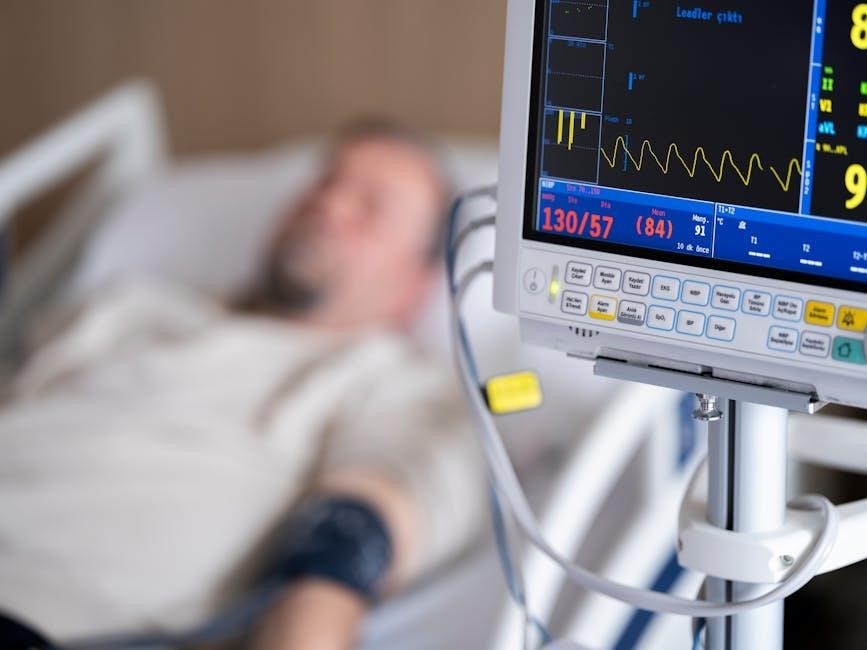
Professional Organizations
Key organizations like the Association of Surgical Technologists (AST) and the National Board of Surgical Technology and Surgical Assisting (NBSTSA) support professional growth and certification in surgical technology.
10.1 Key Organizations
Key organizations in surgical technology include the Association of Surgical Technologists (AST) and the Accreditation Council on Surgical Technology and Surgical Assisting (ARC/STSA). These groups play a crucial role in setting standards, providing educational resources, and advocating for the profession. The National Board of Surgical Technology and Surgical Assisting (NBSTSA) oversees certification processes, ensuring competency in the field. These organizations collaborate to advance surgical technology education, promote ethical practices, and support professionals in delivering high-quality patient care. They also offer networking opportunities, continuing education, and updates on industry advancements, making them indispensable for surgical technologists seeking professional growth and development.
10.2 Resources for Professional Development
Professional development for surgical technologists is supported through various resources. The Association of Surgical Technologists (AST) offers workshops, webinars, and conferences to enhance skills and knowledge. The Accreditation Council on Surgical Technology and Surgical Assisting (ARC/STSA) provides updates on educational standards and industry trends. Additionally, textbooks like Surgical Technology for the Surgical Technologist serve as comprehensive guides. Online platforms and certification programs, such as those from the National Board of Surgical Technology and Surgical Assisting (NBSTSA), offer continuing education opportunities. These resources help surgical technologists stay updated on best practices, advanced techniques, and emerging technologies, ensuring continuous growth in their careers.
Surgical technology plays a critical role in healthcare, ensuring safe and efficient surgical procedures. Education, certification, and professional development are essential for surgical technologists to excel in this field.
11.1 Summary of Surgical Technology
Surgical technology is a specialized field within healthcare that focuses on assisting surgeons and medical teams during surgical procedures. Surgical technologists play a crucial role in maintaining a sterile environment, preparing operating rooms, and ensuring the safe handling of surgical instruments. Their responsibilities include preoperative preparation, patient care, and postoperative cleanup. Education and certification are essential for surgical technologists, with programs typically lasting one to two years and leading to national certification. The field requires precision, attention to detail, and strong critical thinking skills to ensure patient safety and effective surgical outcomes. As technology advances, the role of surgical technologists continues to evolve, making their expertise indispensable in modern healthcare settings.
11.2 Future Outlook
The future of surgical technology is promising, with advancements in medical technology and an increasing demand for skilled professionals. The integration of robotic-assisted surgeries and minimally invasive techniques is expected to reshape the field, requiring technologists to adapt to new tools and procedures. Additionally, the aging population and rise in surgical procedures will drive job growth. Professional certifications and continuous education will remain critical for career advancement. As technology evolves, surgical technologists will play a vital role in ensuring patient safety and efficiency in the operating room, making their expertise indispensable in the ever-changing healthcare landscape.
References
Key resources for understanding surgical technology include textbooks like “Surgical Technology for the Surgical Technologist: A Positive Care Approach” and the Core Curriculum for Surgical Technology. Professional organizations such as the Association of Surgical Technologists (AST) and the Accreditation Council on Surgical Technology and Surgical Assisting (ARC/STSA) provide authoritative guidelines. Additionally, publications from the National Board of Surgical Technology and Surgical Assisting (NBSTSA) offer insights into certification and practice standards. These references ensure a comprehensive understanding of the field, supporting both education and professional development for surgical technologists.


